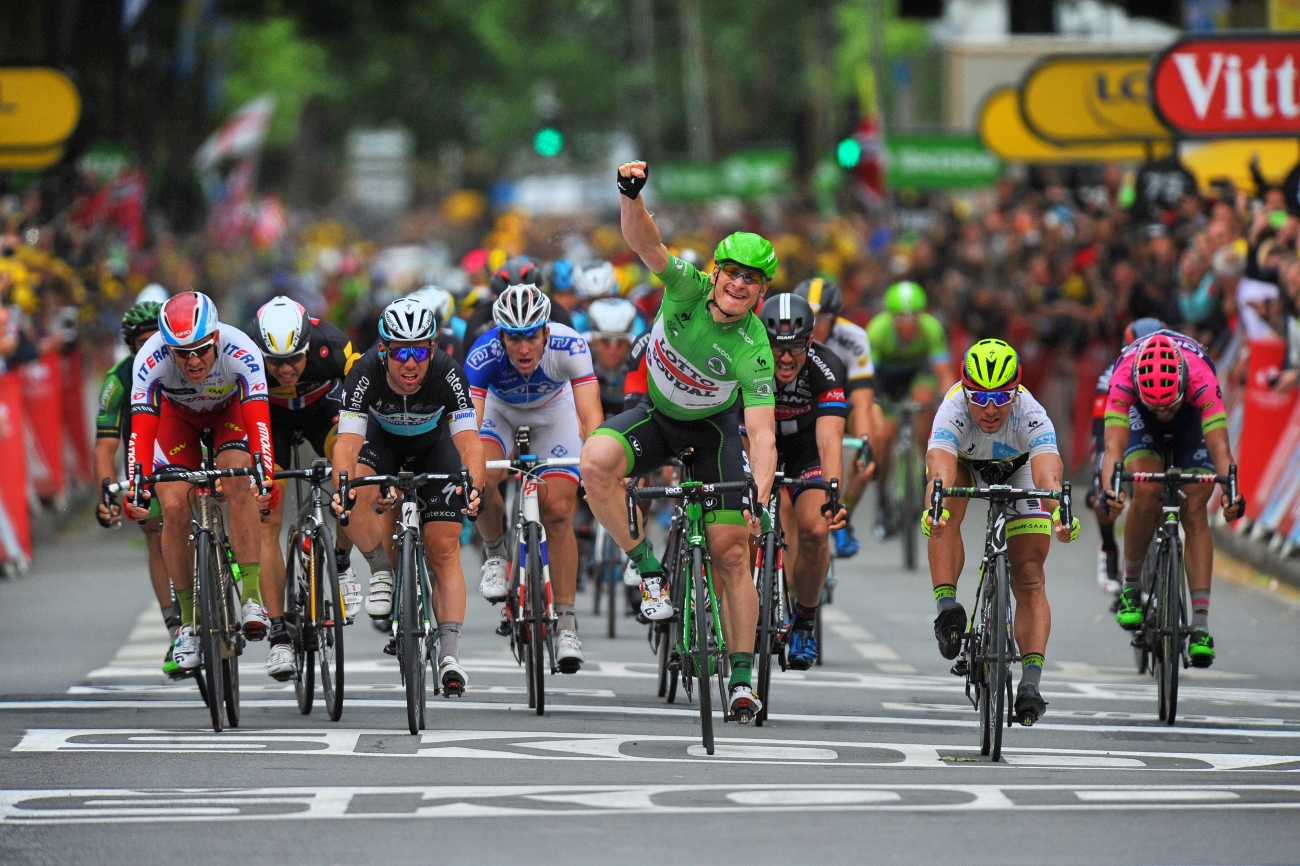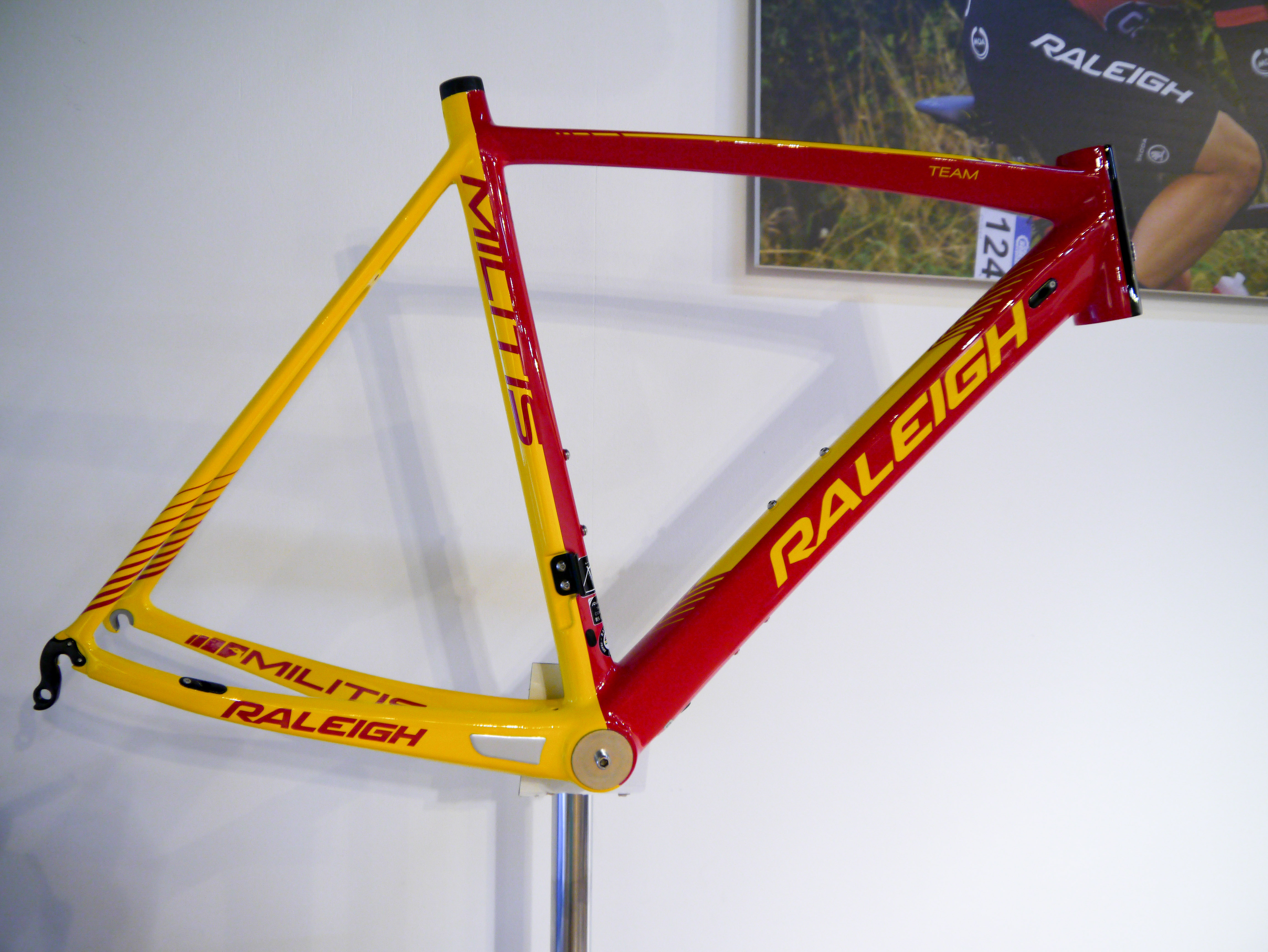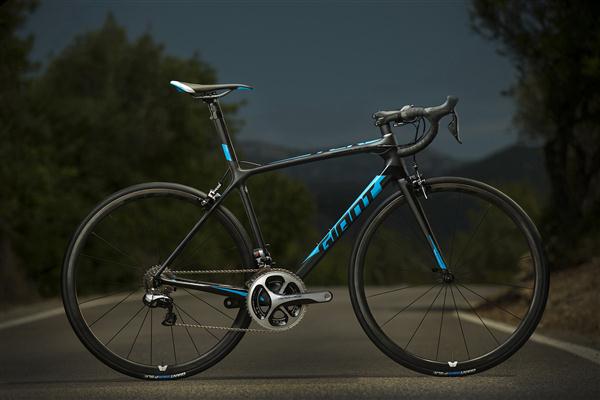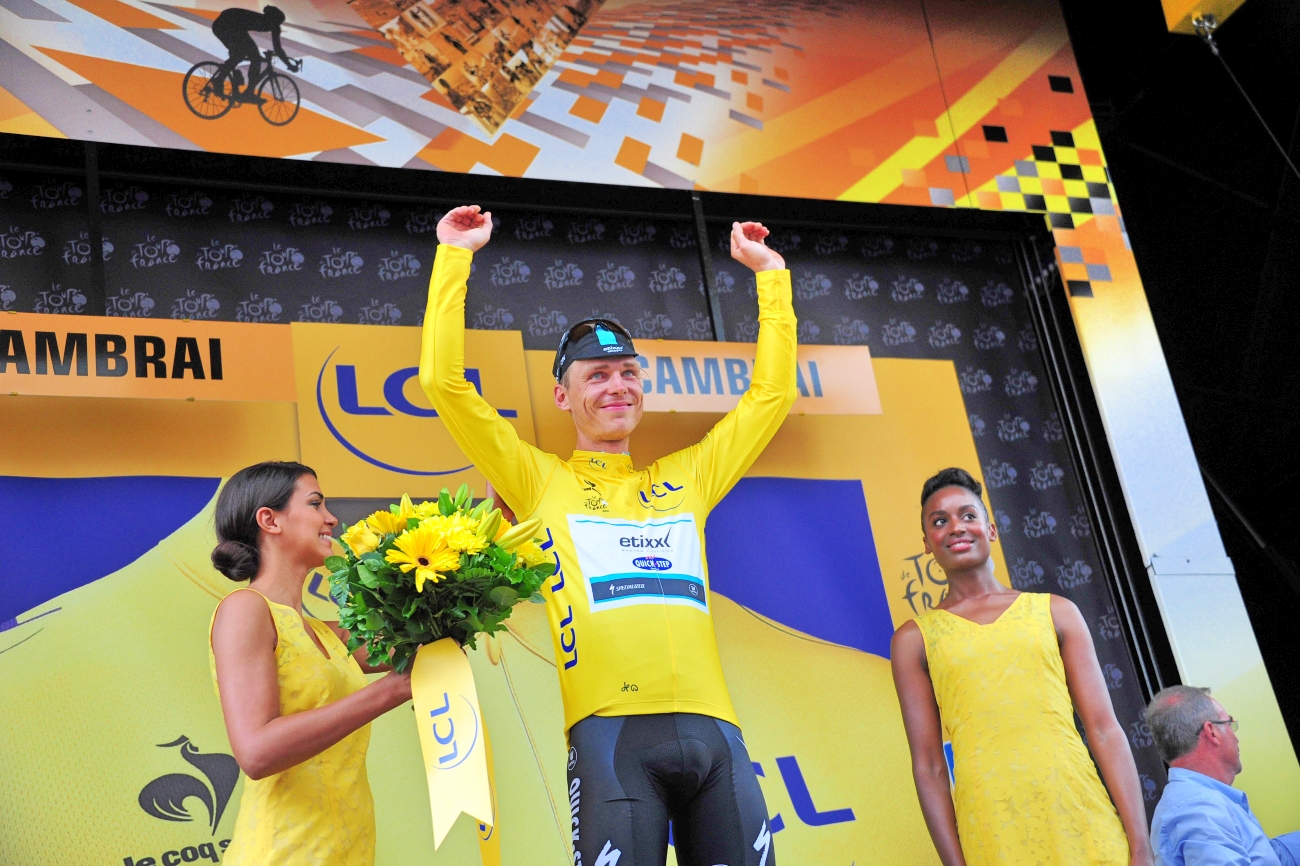Fine-tuning your form
-
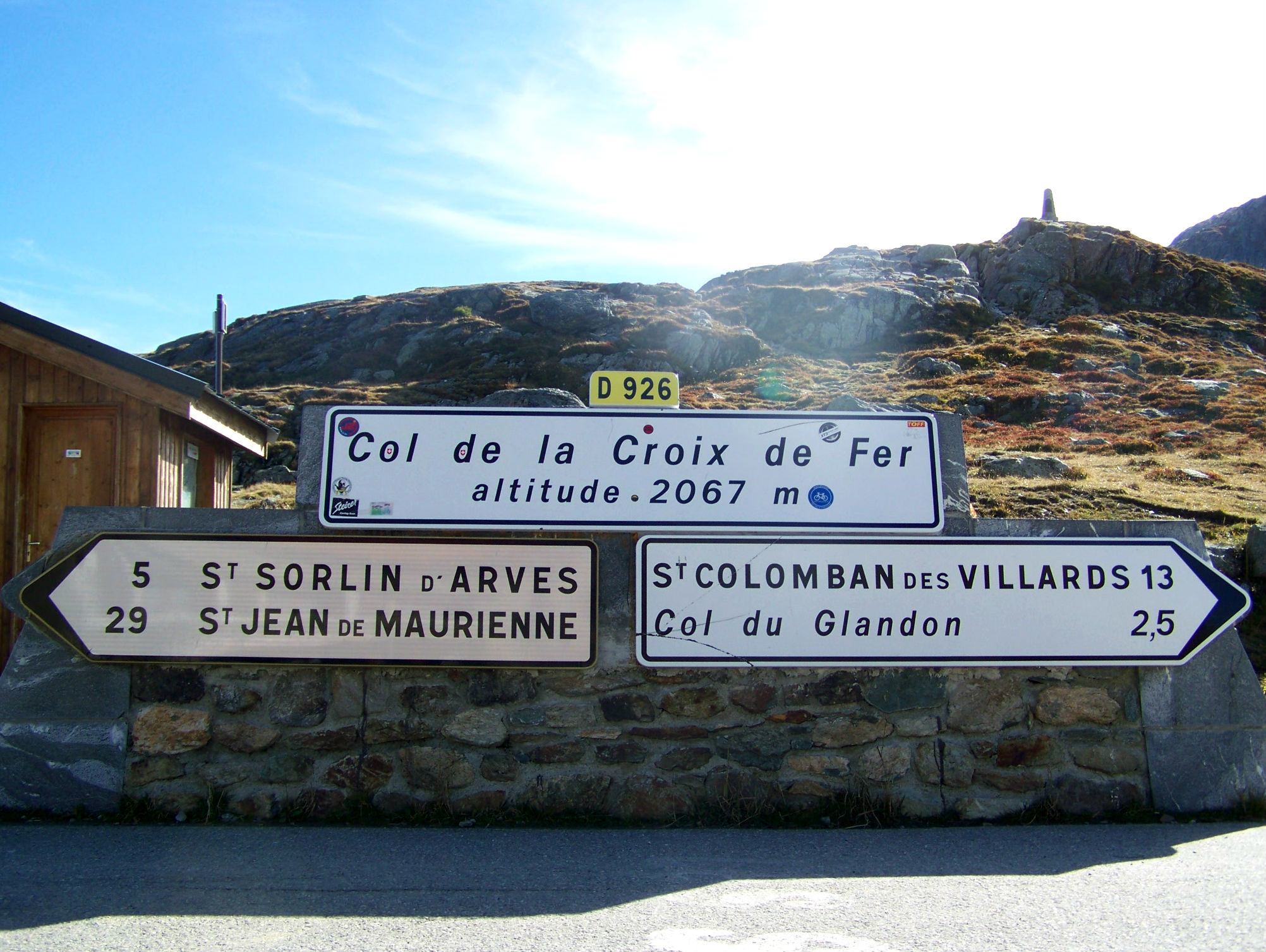
The 2015 Etape du Tour includes the Col de la Croix de Fer
-

No matter how good your kit is, you can't escape the suffering that comes from riding uphill in the heat (Pic: Strava)
-

The route of this year’s Etape du Tour has three major climbs at the beginning, middle and end of the ride - tailor your nutrition accordingly (Pic: ASO)
-
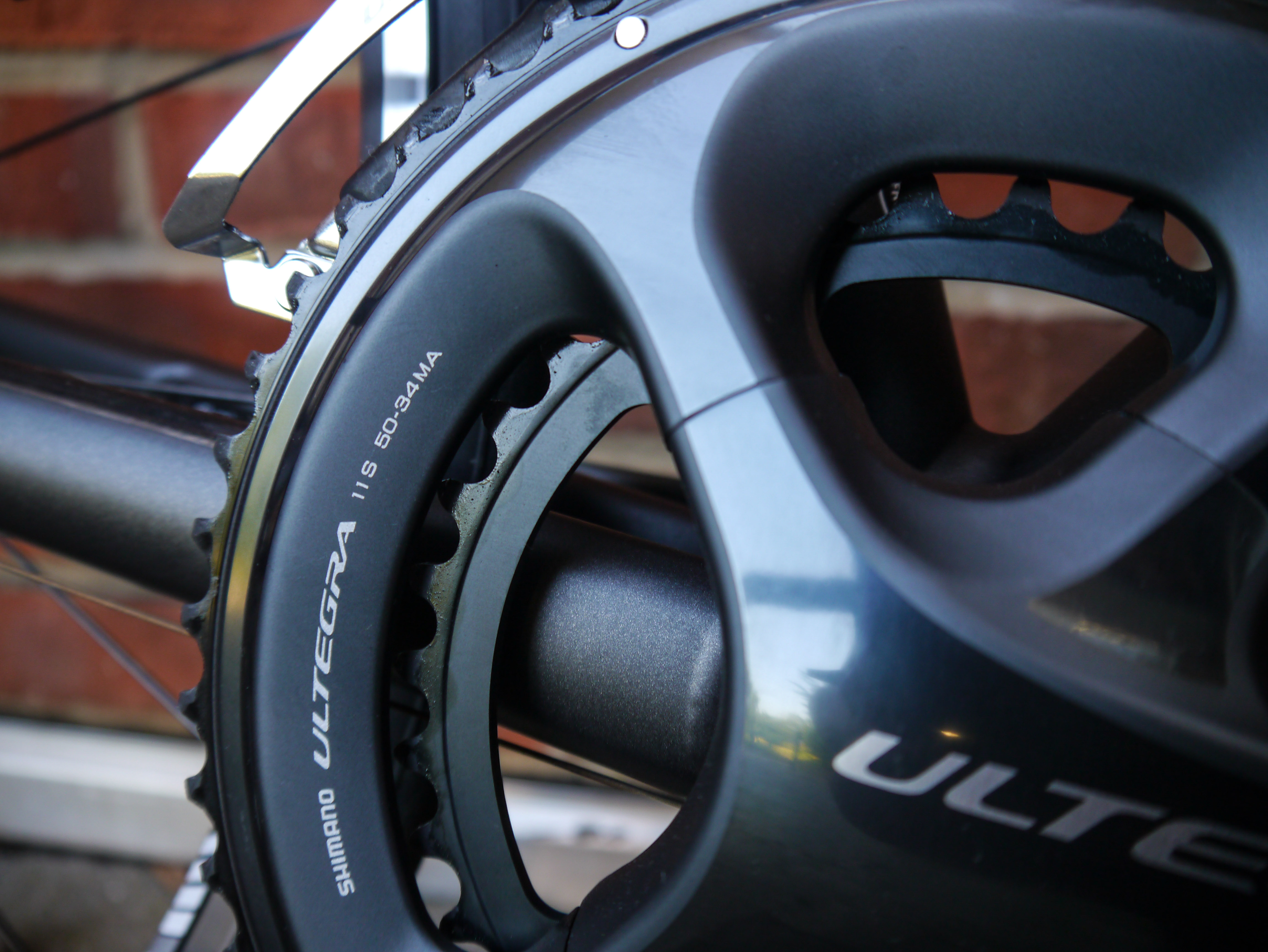
A compact chainset will offer a wide spread of gears suitable for climbing
-
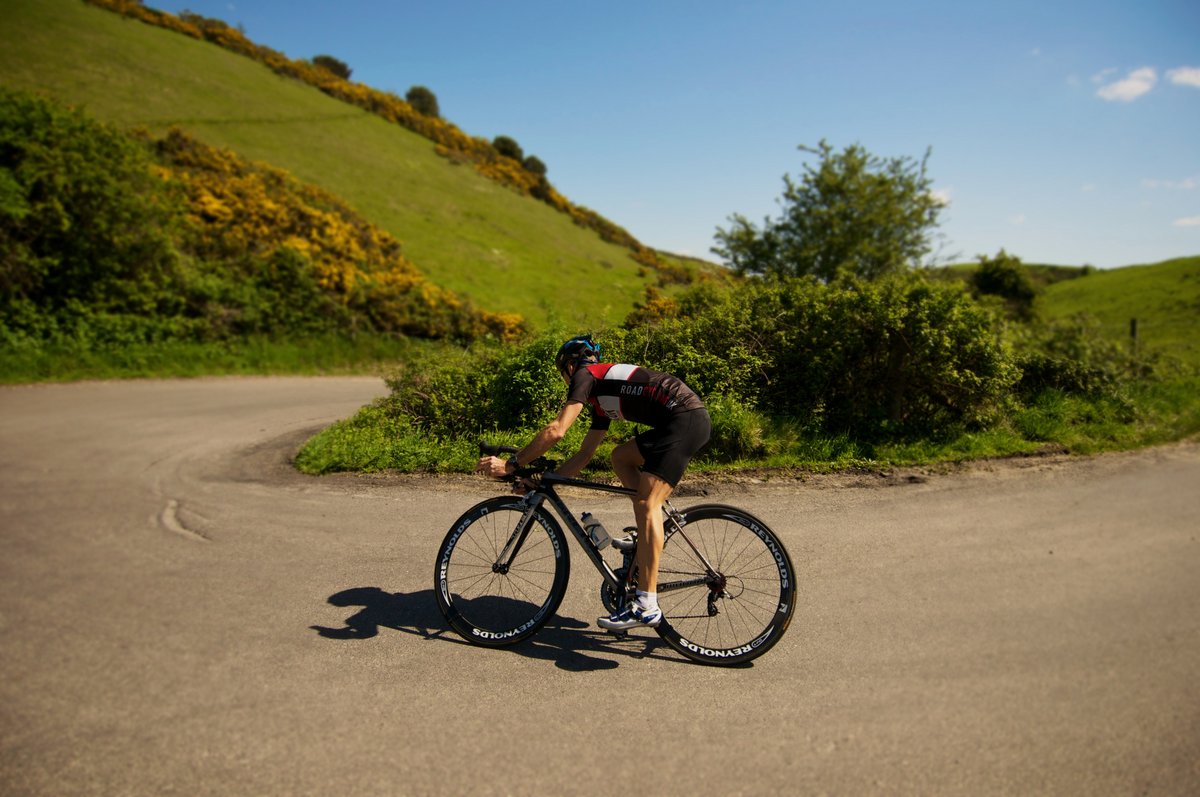
Practice your descending technique in the build-up to the Etape du Tour
Fine-tuning your form
By now you should be comfortable completing training rides up to your goal time for the Etape du Tour and have probably completed a UK sportive for the experience of pushing yourself and riding in a group.
Now you’ve got the distance covered, it’s time to put in the finishing touches and work on your speed to enable you to complete the course – and the climbs – as fast as possible. Now is the time to get specific with a focussed block of threshold-based training. Threshold work can be very stressful on the body, but can give good results in a short period of time when enough rest and recovery is included. Now you are confident that you have the endurance needed to complete the event we can afford to cut back the longer rides and put two to three threshold-focussed sessions into your training plan each week. Try to make these climbing-specific, ideally by using a long climb, or if you’re on the turbo, prop up your front wheel and sit in your ‘climbing position’.
As we saw from Bradley Wiggins’ hour record ride, riding truly at your threshold (or FTP) for a full hour is very stressful and requires both physical strength and a lot of willpower, so it’s best to break this type of training into more manageable chunks. Using the training zones we’ve mentioned before, aim to include around 40-45 minutes of zone four intensity [91-105% of FTP power, 95-105% of threshold heart rate and 80-90% of maximum heart rate) into your riding two or three times week.
Threshold intervals
This type of training needs to be undertaken in a fresh state, so think about getting advice from a coach on how to fit these sessions into your training programme for the best overall development. Start off with shorter intervals, for example 3-4×10-minute efforts in zone four with five minutes easy riding in between to recover, and work this up over the course of four weeks training by moving on to 3×12 minutes, 3×15 minutes and building to 2×20 minute intervals at your FTP power with 5-10 minutes easy recovery in between. Completing these sessions will build your threshold power and enable you to tackle those long climbs at a faster pace and in more comfort. Win-win!
As well as working on your threshold pace for the climbs it’s time to think of fitting in a final practice sportive or big ride with three to four weeks to go before the big day. This will enable you to have a final run through of your nutrition and pacing strategies and give yet more vital practice riding in a big group if you’re not used to this. If you are unable to fit in a big sportive it’s a good idea to plan a hard ‘race simulation’ ride lasting your goal time and also including plenty of sweetspot-level efforts within this. As always, the closer you can get this ride to the Etape itself the better.
By focusing on threshold development now, and timing that final big sportive with a few weeks to go, you will allow enough time for a good taper a couple of weeks before the event to get you on the start line fresh and ready to go. We’ll cover this in more detail, and how you can give your body the extra rest it needs while keeping in top form for the big day, in the final article at the start of July.
While you’re unlikely to be able to match the level of climbing of the Etape in the UK, try to include three long sweetspot pace efforts of 40-60 minutes within the ride, ideally near the start, middle and end, to replicate the course. Practice your nutrition strategy by taking the products you will be using on the day. Instead of eating at consistent points throughout the ride as you may have been doing so far on your long rides, think about replicating the Etape again with slightly larger portions of food in between your sweetspot efforts and sticking to fluids and maybe a gel in between if you feel you need a boost. With that in mind, let’s take a closer look at a nutritional strategy suitable for the Etape.

